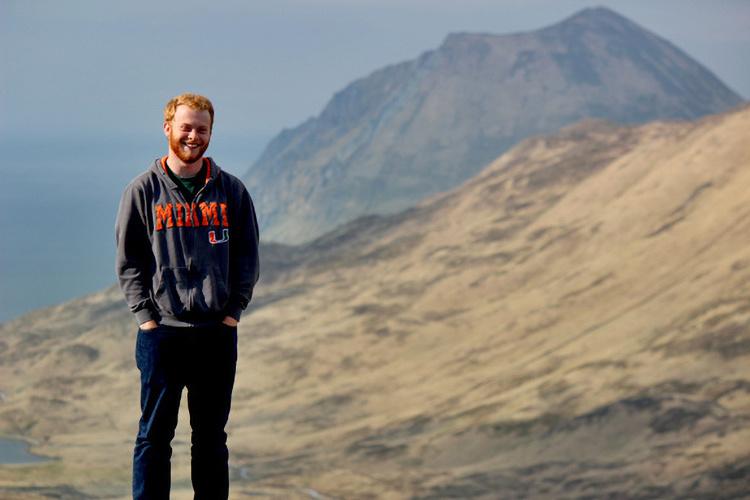
Grant Voirol inserts a "spaghetti" tag into a sablefish prior to its release.
I am on the first leg of the Alaska Longline Survey, sampling stations in the central Aleutian Islands. I have never been on a boat for more than a few hours at a time, so I am excited to see how the ocean will treat me for the next two weeks. We set out from remote Dutch Harbor, Alaska and waved goodbye to port. I have my raingear, my seasickness meds, and a little bit of anxiety, but I’m ready to get the survey underway.
Every year the Alaska Fisheries Science Center conducts a three-month longline survey in Alaskan waters in order to better understand the population size and age distribution of sablefish, as well as other commercially important fish. Scientists record the number of each fish species caught at standard station locations and other factors such as age, length, and sex to help monitor population growth and health. Additionally, NOAA Fisheries scientists tag and release randomly sampled fish to get a better idea of their distribution and movement. On this leg, we are tagging sablefish, shortspine thornyhead, and Greenland turbot.
The data collected helps inform fisheries management decisions, such as how much fish should be allowed to be caught. Quality data and appropriate management practices keep the population sustainable and strong.



